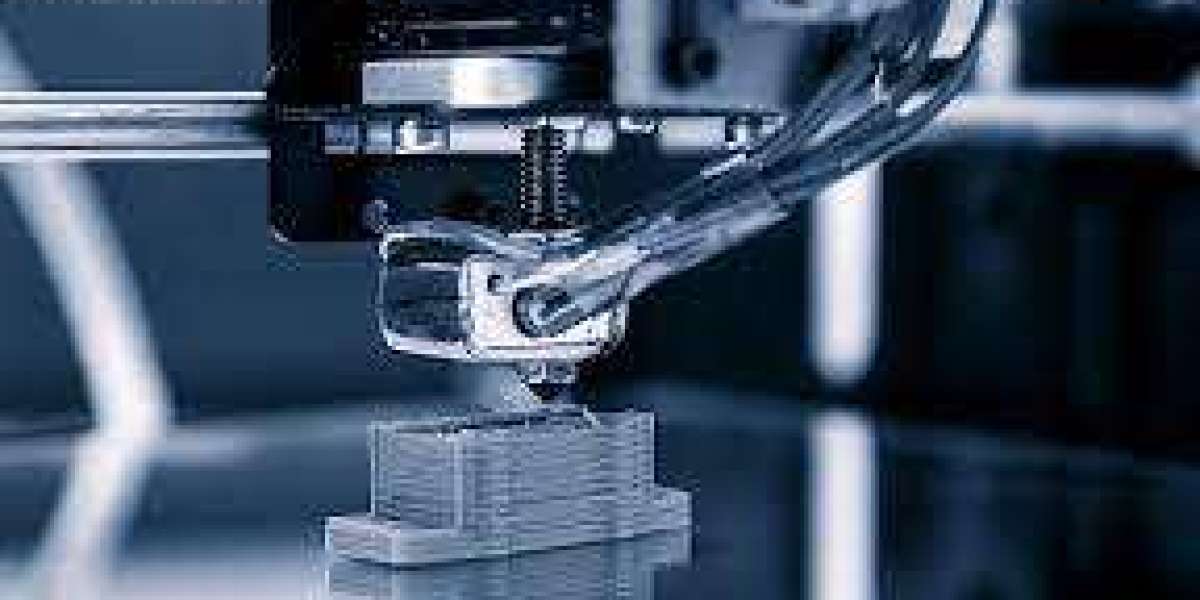With metal 3D printing, engineers can produce parts that would be impossible to fabricate using traditional subtractive (CNC machining) or formative (metal casting) fabrication methods. These “impossible” parts can include geometries with conformal cooling channels and internal lattice structures.
Metal 3D printing is cost-effective when printing large numbers of similar parts that can be packed together in a wash and sintering run. Learn how to make the most of this process to get the best quality print for your project.
1. Designing for 3D Printing
There are a number of different CAD programs that can be used to design parts and assemblies for 3D printing. Programs like Tinkercad and Autodesk 123D are free and easy to use, while programs like SolidWorks and Inventor are more advanced and used by professional engineers for more complex designs. Whichever CAD program you use, there are a few things to keep in mind when designing for metal additive manufacturing.
One of the most important considerations is to ensure that your part is designed for sintering (or melting) rather than for casting or machining. The sintering process involves heating the metal powder to a high temperature to melt it and form a solid part. This is why it’s important to make sure that your part has a high aspect ratio, meaning that it’s wider than it is tall.
There are a number of different metal 3D printing technologies, but most fall into four categories: powder bed fusion, binder jetting, direct energy deposition and material extrusion. Generally, these processes create components with good physical properties and excellent surface finish. They can also process a wide range of materials, from metal superalloys to ceramics.
2. Selecting a 3D Printing Method
Many fabrication methods require a significant amount of post processing to get your parts to their final, functional state. This can include removing support structures, washing, heat treating and even sanding, depending on the process you use and the geometry of your part. For metal 3D printers, there is a different set of post-processing challenges to consider.
Most of the different additive manufacturing processes for printing metal use some form of loose powder material that is fused together layer-by-layer. These technologies range from using high-energy lasers to sinter loose metal powder to extruding bound metal powder filament. There are also other, more experimental processes such as electron beam melting and binder jetting that offer unique opportunities for advanced prototyping.
All these options can make it hard for a designer to select the best 3D printer for their needs. Fortunately, there are some simple guidelines that can help you narrow down your selection.
On the other hand, if you are going to be producing functional, end-use parts, you may be able to get away with less complex support structures. This will reduce your cost per part significantly.
3. Choosing a Material
With the 3D printing method chosen, it’s time to think about what material will best suit your product’s needs. The durability of a metal printed part is dependent on a few variables: the metal selected, the printing method used and the final end-use application.
Depending on the desired use of your print, you may need to factor in other characteristics as well, such as fatigue strength or electrical conductivity. To help you select the right material for your project, Xometry offers a comprehensive Material Wizard. This tool allows you to filter through key characteristics and properties so that you can find the best metal for your design.
One thing to keep in mind when selecting a metal is that it must be printed using an inert gas to prevent contamination. While this is not a problem for most products, it can be an issue for certain components that need to be used in sensitive environments.
4. Getting Started
3D printing is a great way to get started with metal. All you need is a 3D modeling software and an idea for your project. Once you’ve finished designing your part, the software will automatically generate a printable file, which you can then send to a service provider. The services provided by these companies range from making spare parts to prototyping and production. In addition to being cost efficient, this method also eliminates the need for tooling and provides geometric freedom.
However, it’s important to note that not all metal additive manufacturing processes are created equal. It is crucial to research the available options carefully before committing to one particular process. This is because not all materials are capable of being printed in every type of machine, and the available technologies vary in terms of build speed, build size and processing temperature.
Finally, the limiting factor in many cases will be the availability of suitable raw materials for use with your chosen additive manufacturing method. While this is a key challenge for the industry, it’s worth noting that the latest metal additive manufacturing systems are capable of working with a wide range of metal alloys, and most raw materials can be converted into a viable form for printing using appropriate techniques.



